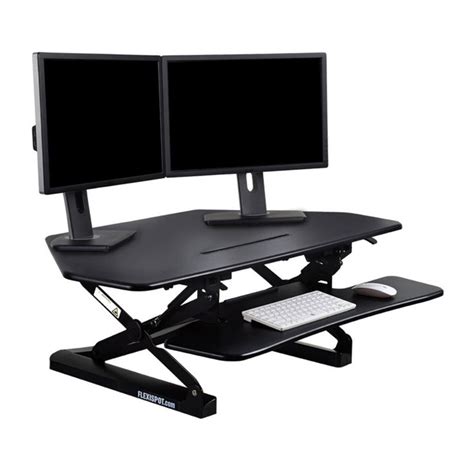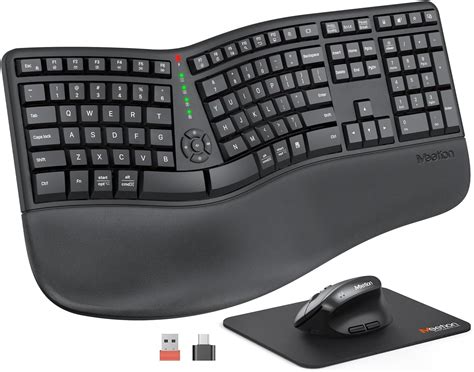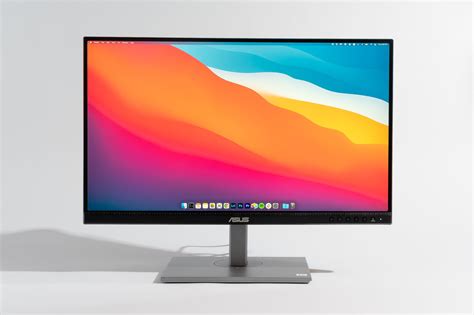Combating Back Pain with Smart Ergonomic Gear
Long hours spent at a desk can take a significant toll on a man’s back. Sedentary lifestyles, coupled with poor posture, are primary culprits behind the pervasive issue of chronic back pain. Fortunately, strategic investment in ergonomic desk gear can dramatically mitigate these risks, ensuring comfort, productivity, and long-term spinal health. Understanding which tools are most effective is the first step toward a pain-free workday.

The Essential Ergonomic Office Chair
The cornerstone of any pain-preventing desk setup is a high-quality ergonomic office chair. For men, whose average build might require specific support, features like adjustable lumbar support, seat depth, armrests, and headrests are non-negotiable. Look for chairs that allow you to maintain the natural S-curve of your spine, with feet flat on the floor and knees at a 90-degree angle. Investing in a chair designed for extended use can make a profound difference in spinal alignment and pressure distribution.

Integrating a Standing Desk or Converter
Alternating between sitting and standing is a powerful strategy to combat the negative effects of prolonged sitting. A standing desk or a desktop converter allows you to seamlessly switch positions throughout the day, promoting circulation, reducing spinal compression, and engaging different muscle groups. When standing, ensure your monitor is at eye level, and your arms are at a 90-degree angle when typing. An anti-fatigue mat can further enhance comfort during standing periods.

Ergonomic Keyboard and Mouse for Indirect Relief
While seemingly minor, the impact of poorly designed peripherals on wrist, arm, and shoulder strain can indirectly contribute to upper back and neck pain. Ergonomic keyboards, often split or curved, encourage a more natural hand and wrist position. Similarly, a vertical or contoured ergonomic mouse reduces pronation and tension in the forearm and shoulder. Proper alignment here minimizes strain that can ripple up to the spine.

Optimizing Monitor Height and Foot Support
The position of your monitor significantly influences your neck and upper back posture. A monitor arm or riser ensures your screen is at eye level, preventing you from craning your neck forward or slouching. The top of your monitor should be level with your eyes when you’re sitting or standing upright. This simple adjustment can alleviate considerable strain on the cervical spine and shoulders.
Even with an excellent chair, a footrest can be invaluable for men, especially if your feet don’t quite reach the floor comfortably, or if your desk height isn’t perfectly matched to your chair. A footrest helps maintain a 90-degree angle at the knees and hips, supporting the lower back and promoting better circulation in the legs. It ensures your spine remains in its neutral alignment, preventing slouching.

Conclusion: A Holistic Approach to Back Pain Prevention
Preventing back pain for men working long hours requires a holistic approach that goes beyond just one piece of gear. It’s about creating an integrated ergonomic workstation that supports your body’s natural alignment. While these ergonomic tools are powerful allies, remember to also incorporate regular micro-breaks, stretching, and mindful posture awareness throughout your day. Invest wisely in your desk setup, and your back will thank you for years to come, ensuring both productivity and long-term health.




